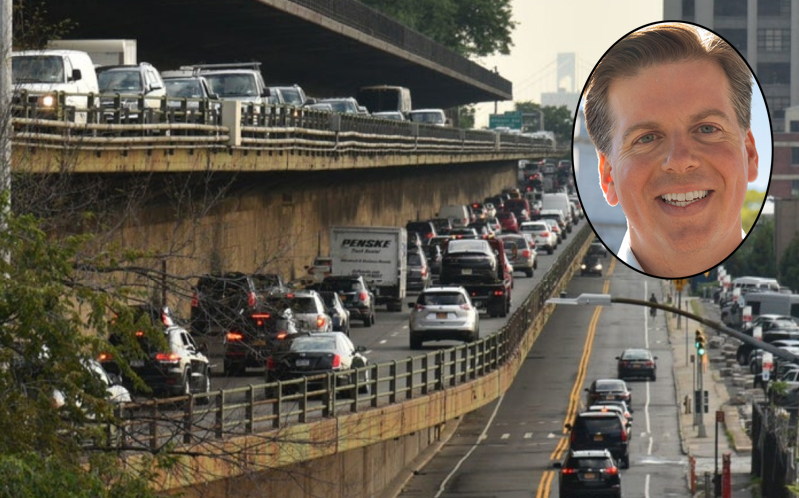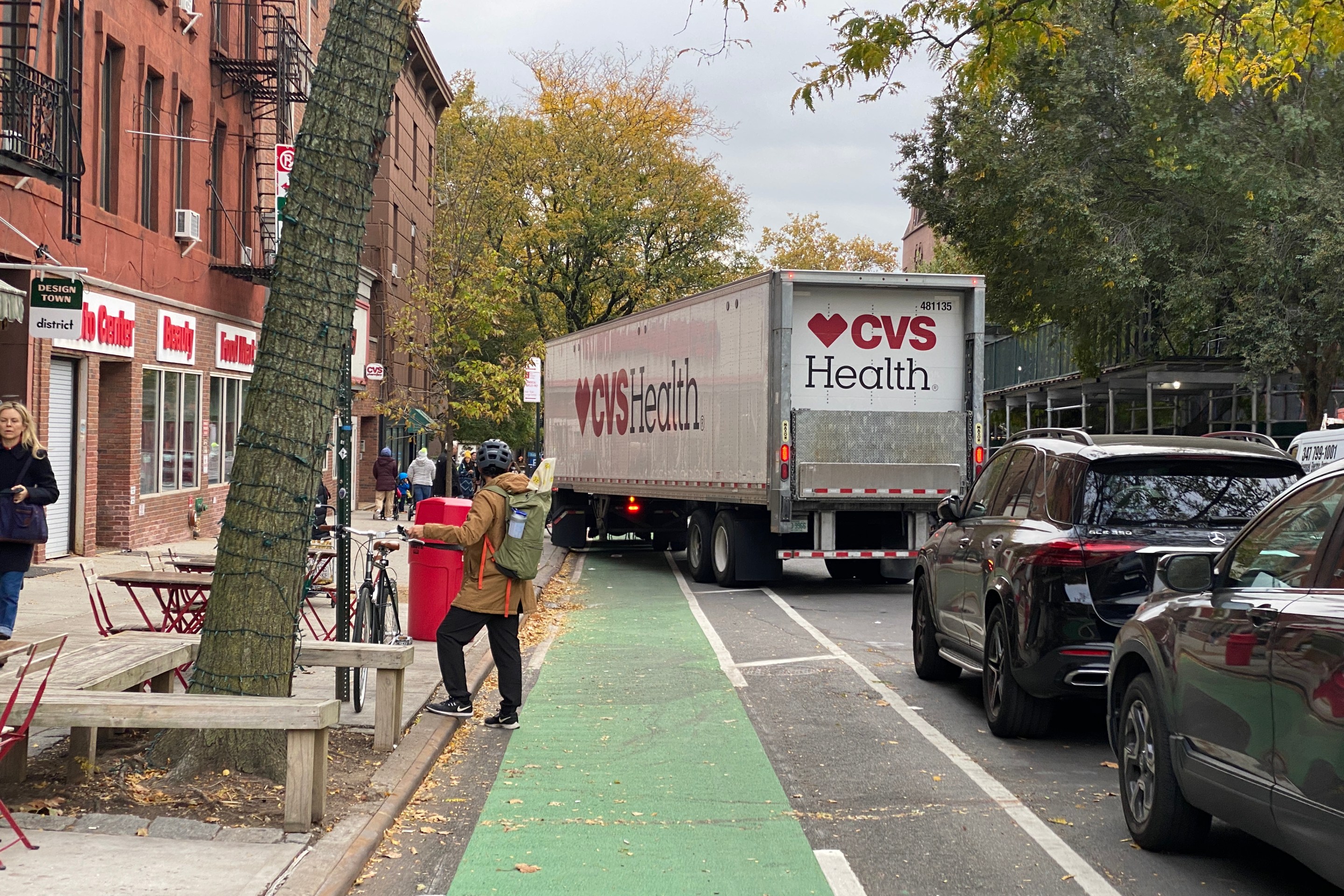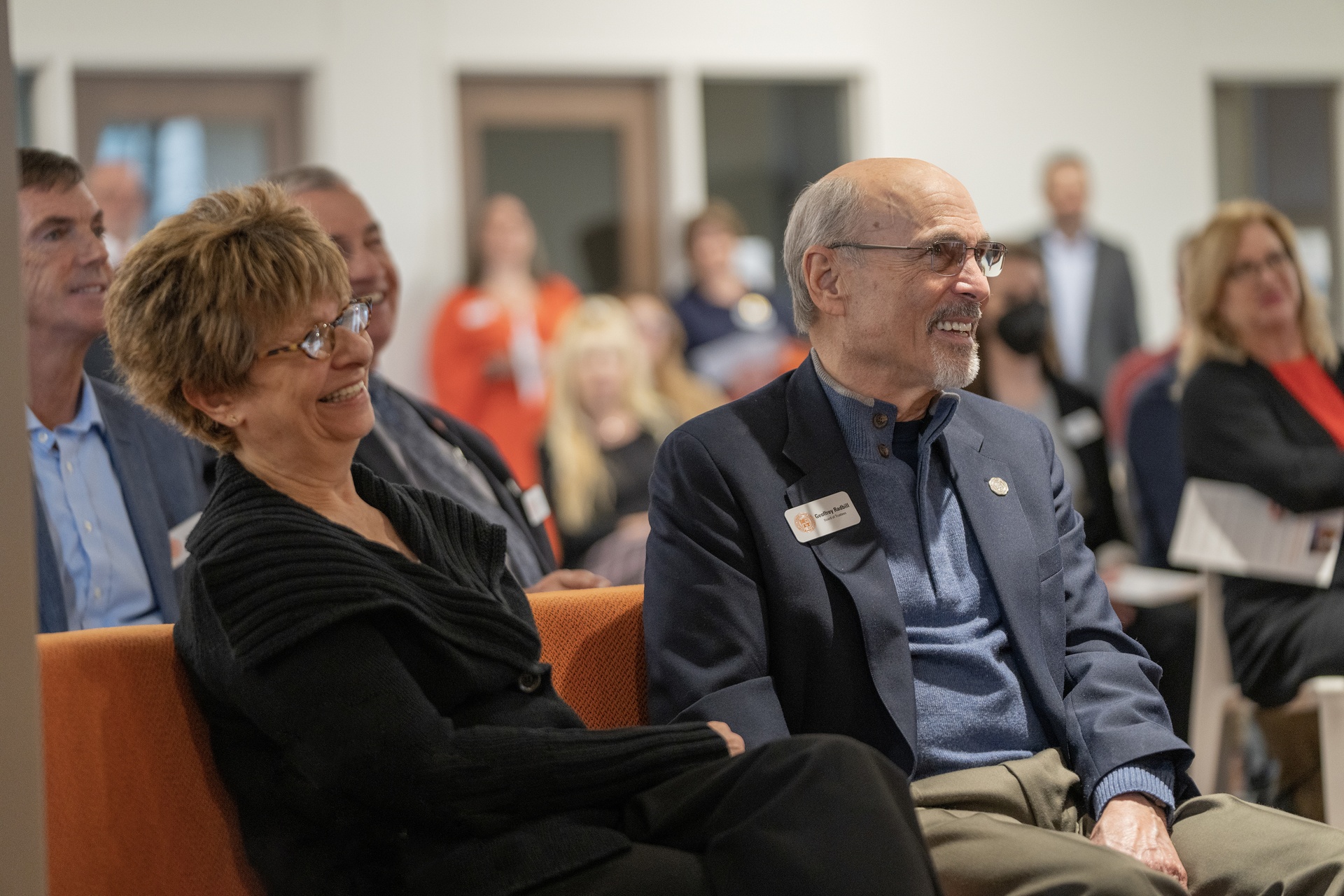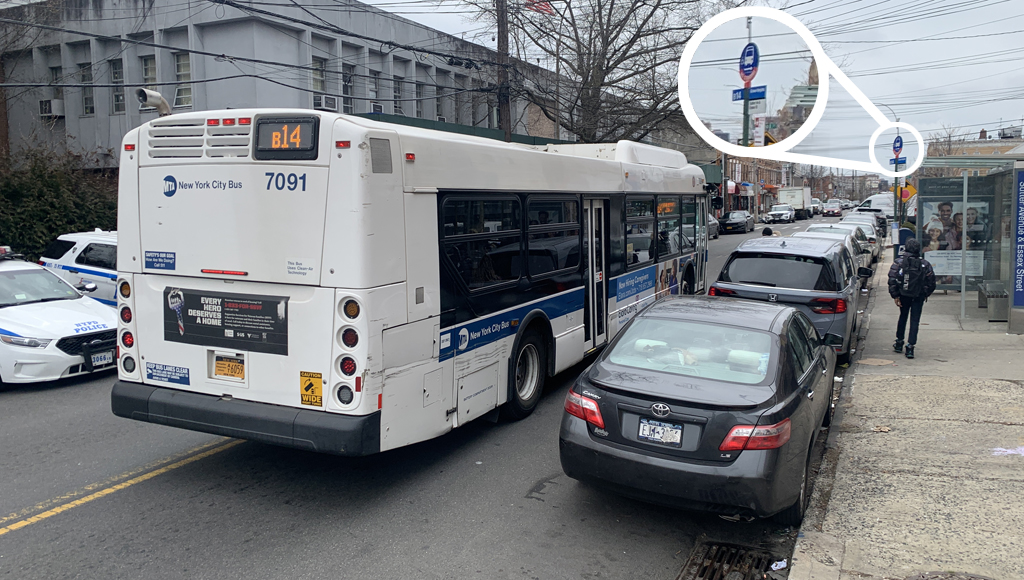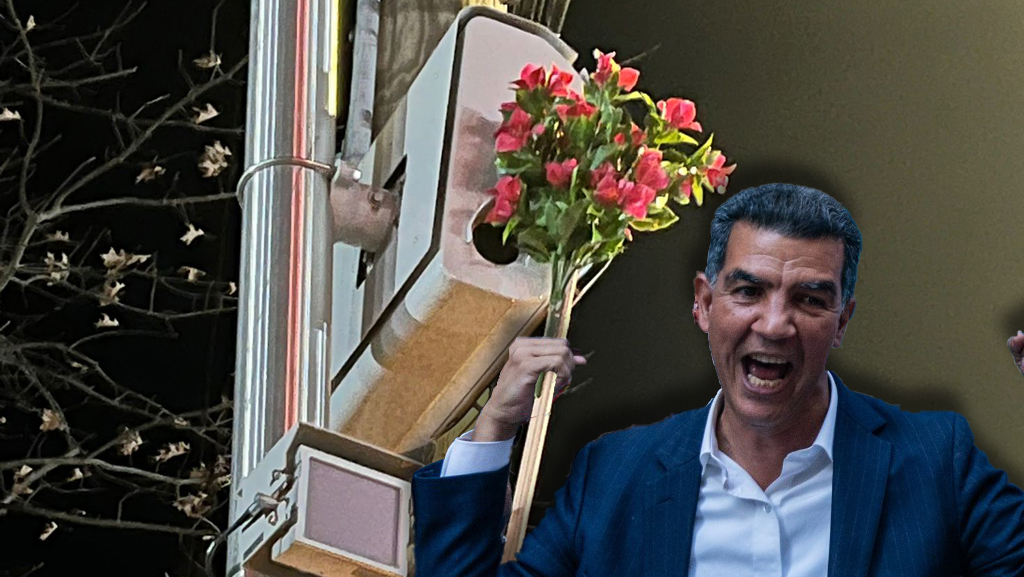Prior to the Covid-19 pandemic, traffic in Manhattan was already unsustainable, eating up time and harming our economy and the environment not to mention our mental health. In response, the New York State legislature voted to approve congestion pricing in 2019, but it has not yet been implemented. Now car ownership is up, transit use is down, and for-hire vehicles and delivery trucks clog our streets like never before.
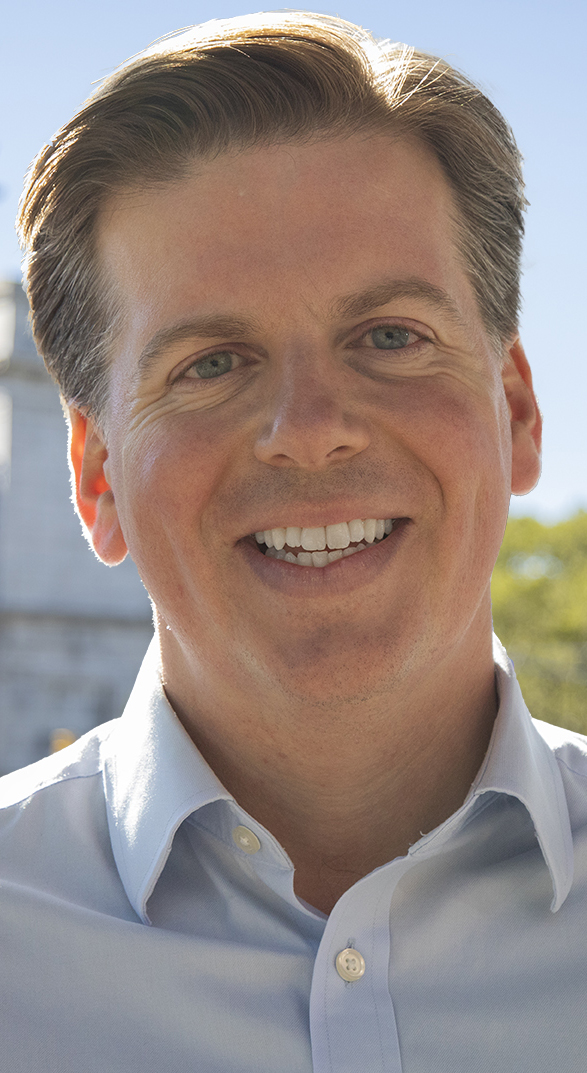
If done correctly, congestion pricing can reduce traffic and pollution, make New York City more livable, and help fund improvements to public transportation. If done incorrectly, it risks being a regressive form of taxation with limited benefits. The stakes are high: this will be the first congestion pricing program in the U.S., so we can be a model for the rest of the nation or a cautionary tale of government overreach.
A congestion zone is more than a toll that drivers pay to enter the Central Business District — it is also a strategy to incentivize drivers and passengers out of cars and into public transit. Similar plans have worked to reduce traffic and pollution around the world.
But what’s fair and what will actually achieve these goals in New York City?
In August, the Metropolitan Transportation Authority issued an Environmental Assessment that estimated the impact of seven scenarios for the congestion pricing fee. In the coming months, decisions about the details will have to be made.
Keep it simple
Simplicity is key and exemptions should be limited.
A standard fee should be charged for entry into Manhattan below 60th Street that varies depending on the time of day and vehicle class and is pro-rated if another bridge or tunnel toll was previously paid to enter the congestion zone.
Everyone will have their favorite exemption (electric vehicles or public employees for example), but the more exemptions, the higher the fee will be for those required to pay to meet the revenue target of $1 billion annually that is part of the legislation. The authorizing legislation does exempt any vehicle that goes directly from an East River crossing to the FDR Drive or West Side Highway and exits north of 60th Street, provides a tax credit for residents in the zone who make less than $60,000 a year, and exempts emergency vehicles and vehicles carrying people with disabilities.
The only other exemption should be for yellow cab drivers. They have already paid millions in medallion fees to the city and are capped at no more than 13,500 vehicles.
Meanwhile, drivers for Uber and Lyft should pay the congestion fee every time they enter the zone no matter if they are carrying a fare or not. This will incentivize those for-hire drivers to only enter the zone if they are bringing in a passenger, who will then pay the congestion fee as part of his or her bill. Uber and Lyft’s unfettered expansion is one of the reasons New York’s congestion is so bad.
I am sensitive to the fact that there are for-hire vehicle drivers that have burdensome lease agreements and make little money because of Uber and Lyft’s predatory business model. The city should make a concerted effort in providing onetime financial assistance to these drivers and job retraining.
In the zone
Much of the focus has been the fee level to enter the zone and who will pay it, but it is equally important to manage traffic within the zone.
Currently, yellow cabs and Ubers/Lyfts pay for trips that touch Manhattan south of 96th street ($2.50 for yellow cabs and $2.75 for for-hire vehicles). These fees should be made more precise and equitable. This surcharge may be a good revenue raiser, but it is a blunt instrument that does nothing to reduce yellow cab and FHV trips.
I am willing to take heat from my constituents who do not like paying a fee to drive their car into Manhattan, but then people in Manhattan need to pay more than the current flat congestion fee if they are hopping into an Uber or yellow cab within the congestion zone.
Taking a yellow cab or Uber from Tribeca to Central Park is a luxury and should be priced as such. Well-known transportation experts such as Charles Komanoff and Bruce Schaller have separately proposed a fix: yellow cab and FHV trips in the congestion zone should be charged based on the time of trip. Pricing tied to time on the street accounts for both the length of the trip and the degree of congestion. Timed charges should replace the taxi and FHV surcharge. We should also apply time-based charges for trucks and delivery vehicles in the congestion zone as well as considering variable time-based charges for trucks in heavily used corridors in the outer boroughs and environmental justice communities. This could also help galvanize the effort to expand container shipping to Brooklyn, Queens, and the Bronx.
Paying more money out of pocket is never fun, but the truth is we have all been paying for traffic congestion in lost time, poorer air quality, climate change-inducing emissions and road deaths. It is time for New York to join such cities as London, Milan, Stockholm, and Singapore and implement congestion pricing without further delay.
Robert Carroll represents parts of Park Slope, Windsor Terrace and Kensington in the state Assembly. Follow him on Twitter at @bobby4brooklyn.
